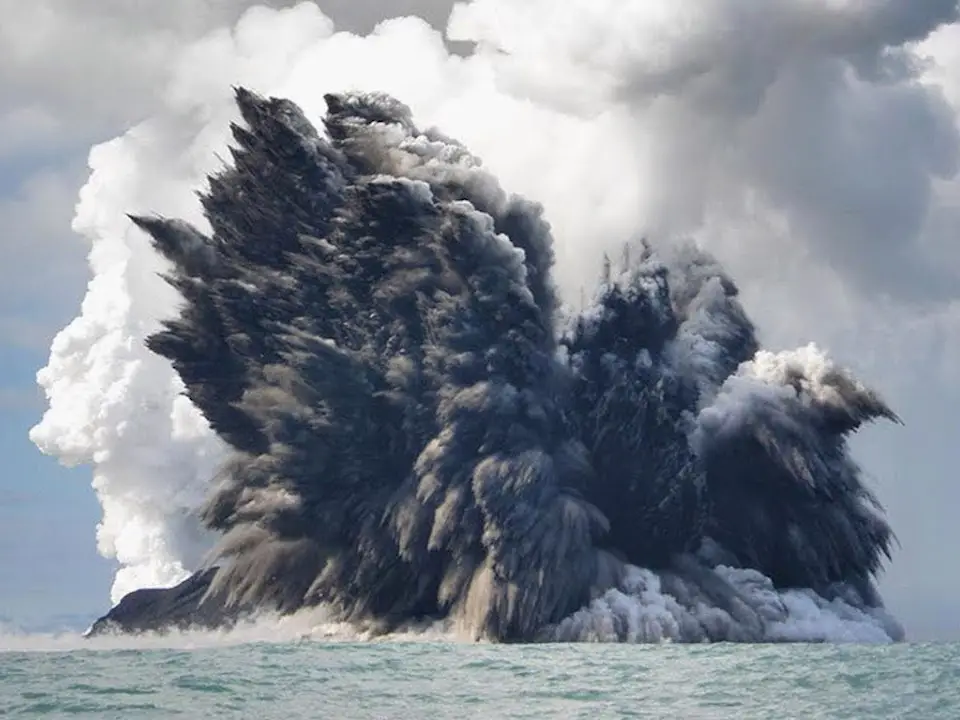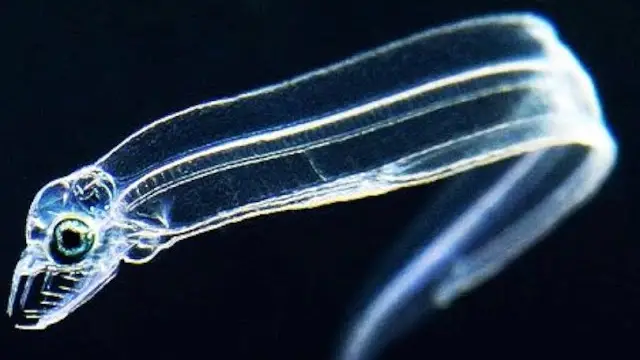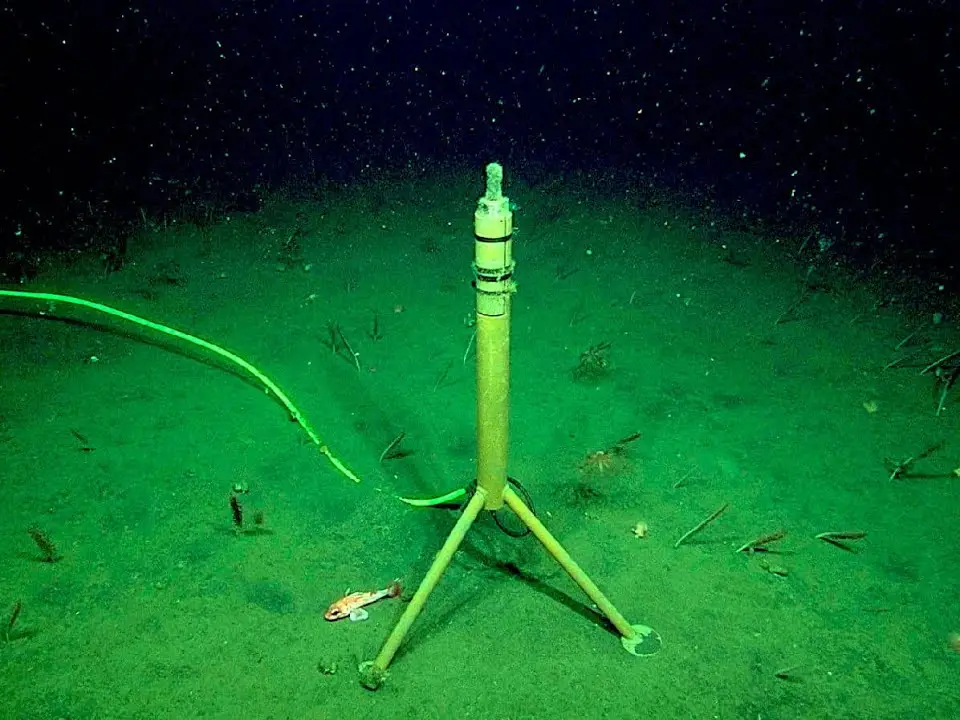1. Most of the Ocean is Uncharted
YouTube
Surprisingly, more than 80% of the ocean remains unexplored. That’s right—scientists have mapped the surface of Mars in greater detail than they’ve mapped our own oceans. We still have no idea what’s lurking in those deep, dark trenches and hidden caves.
2. The Mariana Trench is Deeper Than Mount Everest is Tall
YouTube
The Mariana Trench, located in the Pacific Ocean, is the deepest part of the world’s oceans. It plunges down nearly 36,000 feet (about 11,000 meters), which is deeper than Mount Everest is tall. Imagine a mountain so tall, it could fit in the ocean’s deepest point with room to spare!
3. Creatures Down There Glow in the Dark
YouTube
In the pitch-black depths of the ocean, some creatures have developed the ability to glow. This phenomenon, known as bioluminescence, allows them to attract prey, communicate, or defend themselves. But imagine swimming alongside an eerie glowing jellyfish or a glowing squid—it’s a chilling sight in the darkness of the deep.
4. The Ocean’s Depths Are Full of Deadly Predators
YouTube
Sharks and rays aren’t the only creatures you need to watch out for in the ocean. In the deep sea, there are predators like the terrifying Goblin Shark, which uses its extendable jaw to snatch prey, and the Anglerfish, which lures its dinner with a glowing appendage on its head. And don’t forget the monstrous Giant Squid, which can reach up to 40 feet long!
5. The Water Pressure is Crushing
YouTube
The deeper you go in the ocean, the greater the pressure. At the Mariana Trench, the pressure is over 1,000 times greater than what we experience at sea level. Any human attempting to venture to such depths would be crushed in an instant without the right equipment. It’s an inhospitable environment for most life forms.
6. The Ocean is Constantly Shifting and Moving
YouTube
The ocean is never still. It’s in constant motion, driven by tides, currents, and wind. Deep ocean currents are incredibly powerful and can travel across the world. Some of these currents, like the Antarctic Bottom Water, are so strong they can carry water across the globe for thousands of years. The shifting ocean floor also causes earthquakes and tsunamis, making it an unpredictable and dangerous place.
7. There Are Huge Underwater Caves
YouTube
Underwater caves are some of the most dangerous and mysterious places on Earth. In fact, the longest known underwater cave system, the Sistema Sac Actun in Mexico, is over 215 miles long. These caves are home to species that are completely isolated from the surface world, and exploring them can be deadly due to the lack of light and air.
8. Submarine Volcanoes Create Underwater Eruptions

YouTube
The ocean floor is not only home to abyssal trenches but also to underwater volcanoes. These volcanoes can erupt and spew ash, gas, and lava into the water, causing devastating effects on marine life and the surrounding ecosystem. Some underwater volcanoes are so active that they form new islands in the ocean!
9. There’s a “Dead Zone” in the Ocean
YouTube
A “dead zone” is an area of the ocean where oxygen levels are too low to support most life. These zones are typically caused by pollution and agricultural runoff, leading to massive fish die-offs and creating regions where nothing can survive. The biggest dead zone, located in the Gulf of Mexico, spans thousands of square miles.
10. Giant Underwater Waterfalls Exist
YouTube
Believe it or not, there are underwater waterfalls in the ocean! These occur when dense, cold water flows down the slopes of the ocean floor, displacing lighter, warmer water. One of the largest underwater waterfalls, the Denmark Strait cataract, drops more than 10,000 feet—far more than any waterfall you’ll find on land!
11. Underwater Earthquakes Can Trigger Tsunamis
YouTube
Earthquakes that happen on the ocean floor can trigger massive tsunamis, waves that travel across entire oceans at incredible speeds. These tsunamis can cause destruction across coastal regions, as seen in the 2004 Indian Ocean earthquake and tsunami, which claimed over 230,000 lives.
12. The Deep Ocean is Like Another Planet

YouTube
The conditions in the deepest parts of the ocean are nothing short of alien. It’s cold, dark, and the water is acidic in some places. Life forms that exist here are often translucent, have oversized eyes, or have evolved strange adaptations to cope with the extreme environment. It’s a whole new world under the waves, far from what we see on the surface.
13. The Ocean is Full of Shipwrecks
YouTube
Over 3 million shipwrecks are estimated to be scattered across the ocean floor. These sunken vessels can range from ancient ships to modern-day cargo freighters. The ocean keeps its secrets well hidden, with most of these wrecks still lying in the depths, their stories lost to time.
14. The Abyss is Home to Mysterious Sounds

YouTube
The deep ocean is full of sounds that we can’t always explain. Some of these sounds are natural, like the eerie “Bloop” sound heard in the 1990s, which scientists initially thought might be from an unknown sea creature, though it was later attributed to an icequake. Other sounds, like the “Slowdown” or “Whistle,” remain a mystery, and no one knows for sure what’s producing them.
15. Many Species in the Ocean Are Still Unknown
YouTube
We’ve only discovered a fraction of the species that inhabit the ocean. Experts estimate that we have discovered only around 10% of all ocean species, with many more waiting to be found. The deeper you go, the stranger and more bizarre the creatures become. Who knows what undiscovered horrors lurk in the ocean’s depths?
16. The Ocean’s Currents Can Be Deadly
YouTube
Ocean currents are more than just moving water—they can be powerful enough to pull entire ships off course or drown unsuspecting swimmers. Rip currents, in particular, are extremely dangerous and can drag people out to sea with little warning. The sheer strength of these currents shows just how unpredictable and dangerous the ocean can be.


